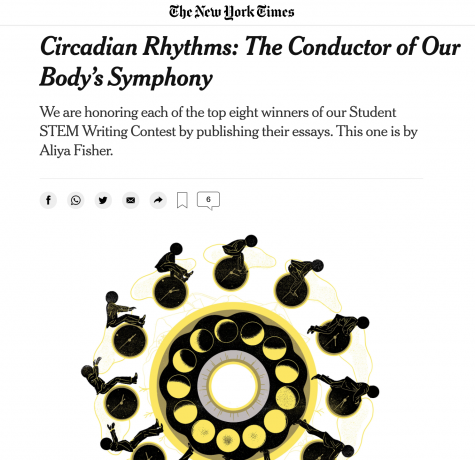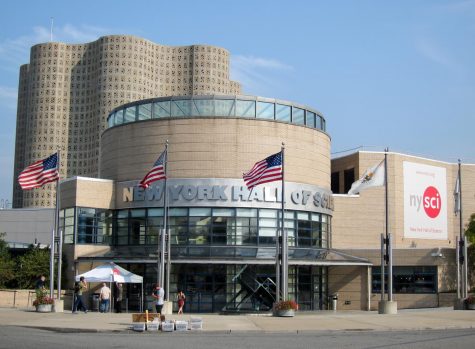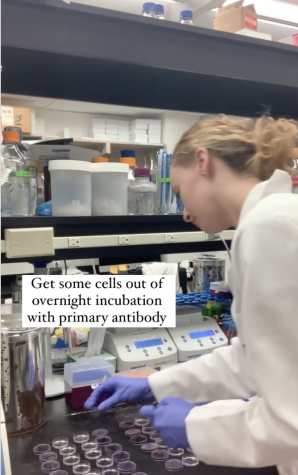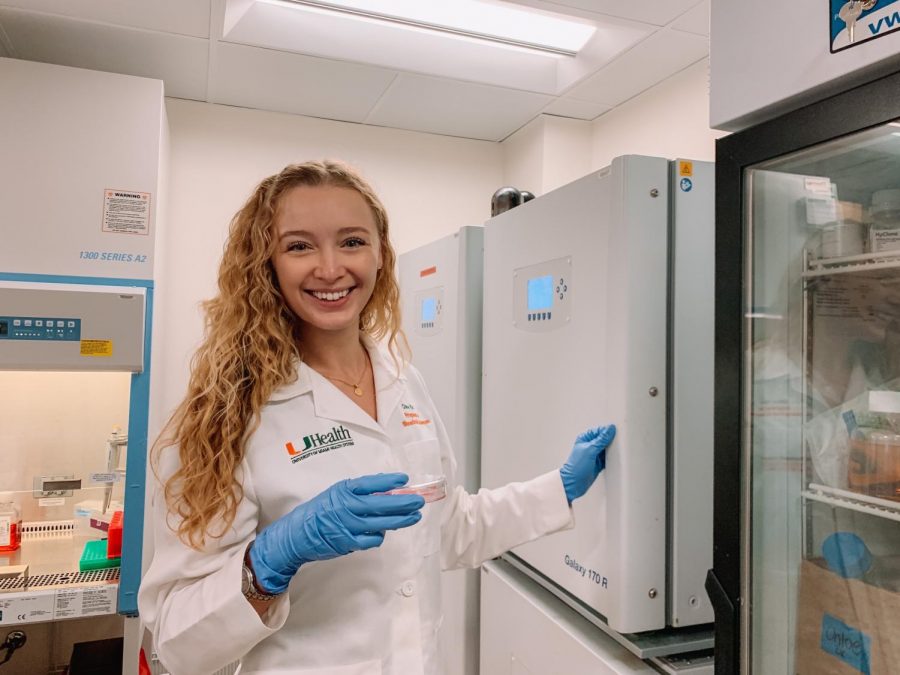Science Communication in the Age of COVID-19
COVID-19 is altering the public’s relationship with science, proving our urgent need for effective science communication to help narrow the gap between science and society.
Chloe Kirk, a Ph.D. graduate student at the University of Miami Miller School of Medicine, runs a science blog called Chloe the Scientist. “Communicating to the general public required me to learn how to say accurate information while keeping it concise and jargon-free, and this learning curve only really happened when I started my science instagram page at the start of graduate school,” said Kirk.
The Coronavirus pandemic has highlighted the resilience in the international science community. However, some scientists worry that the public is losing trust in scientific expertise.
While data from the Pew Research Center reveals that generic public trust in scientists has remained relatively stable, the public disconnect, partisan division, and spread of misinformation — especially false theories proliferated on social media — will be destructive in the coming months. As the nationwide vaccination campaign continues, science communicators are working to improve public messaging and better the way scientific knowledge is shared.
While science communication has always existed in one way or another, relaying science information to the general public first emerged as a formal practice in the 19th century. The field later transformed with science popularization brought about by figures such as Carl Sagan, Bill Nye, Anna Druyan, and Bronx Science alumnus Neil DeGrasse Tyson (’76). Often called “SciComm,” the field can branch out into writing, outreach, entertainment, and even art.
Now, in the age of COVID-19, science communicators are faced with the challenge of deconstructing a constant stream of new information. The pandemic, “made all of us science communicators have to address the facts (and myths) surrounding COVID, even when most of our research isn’t COVID related,” said Chloe Kirk, a PhD student and science communicator from the University of Miami.

Aliya Fisher ’22, a student in the Biology Research Program, practiced science journalism when she wrote a winning piece for The New York Times’ first STEM Writing Contest. In the article, Fisher employs a common SciComm tactic: she makes circadian rhythms understandable through an orchestral analogy. Fisher breaks down the essay in this New York Times video.
Science communication, “brings facts and logic into the mainstream discourse and explains things in more accessible ways so that people don’t rely on politicians for their scientific education,” said Fisher. In the past year, there has been much debate over the role that science can play in the political narrative while still maintaining its integrity. The toxicity stems from, “the politicization of science itself,” said Kirk — both sensationalizing and discrediting science to fit a political agenda.
Jane Chen ’21, an Editor in Chief and Co-President of the Bronx Science Journal of Biology (JOB), makes sure to keep the audience in mind when publishing articles for the journal. “I make sure that my work is understandable but doesn’t minimize the complex nature of the research. More importantly, I aim to make it clear that the research I am writing about matters to whoever is reading,” said Chen. This year, the publication will feature a variety of COVID-related articles to keep the Bronx Science community engaged.
“Access is important, since academia paywalls research and sources,” Fisher added. The misinterpretation of data is likely the root of most false COVID-19 claims. Many academics have been calling for open access; they aim to overhaul the restrictive “science-stymying” publishing industry. A broader shift in the scientific community, as well as research literacy classes in school (much like the mandatory course offered at Bronx Science), would ensure more transparency.

Unlike locked-off scientific literature, however, mediums such as film, photography, and journalism directly connect audiences to the world of science. On the local level, “Museums, gardens, and zoos, are integral in shaping how the general public views and understands science,” said Chen. “The interactive, hands-on experiences allow them to become not only more mentally connected to science but also physically connected.”
In a pre-COVID world, Marcelo Suquitana ‘21 engaged in these hands-on experiences as an Explainer at the New York Hall of Science. “There is no one answer to teaching people about science,” said Suquitana, who spent weekends dissecting cow eyes and creating liquid nitrogen explosions for diverse audiences. “Communication should not be facts being thrown at you. It should be a back-and-forth conversation, which is where the matter falls short. We far too often expect adults to blindly accept facts and then get frustrated when they don’t — that’s the issue.”
Though the New York Hall of Science is currently closed, the museum released a virtual COVID-19 exhibit in 2020. The Smithsonian, the world’s largest museum, released a web hub of resources to help people make informed decisions about vaccinations.

“SciCommers” have also taken to social media platforms to combat the spread of misinformation at the source. Emily’s Wonder Lab host Emily Calandrelli and Neil DeGrasse Tyson are on TikTok debunking the latest bizarre theories. Users tag Crash Course producer Hank Green in videos, hoping that he can explain the seemingly unexplainable. Young, tech-savvy scientists are incorporating science communication into their labs through makeup looks, YouTube animations, and more. Chloe Kirk shares lab videos on her Instagram.
Ultimately, COVID-19 has underscored the importance of communication training for scientists. The hope is that it will bring more attention to SciComm research and evidence-based methods. For years, science communicators have been calling for more empathetic communication and to phase out the heavily debated information deficit model.
While not everyone has access to the New York Hall of Science’s cow eyes or liquid nitrogen explosions, Suquitana suggests practicing by passing on knowledge to parents and other adults around. “You have to find the best way to connect to people on their level, and that can vary drastically,” said Suquitana. “That alone makes a conversation possible — not even getting to the science stuff yet. You have to find a way to catch their attention, to make it relevant to them.”
“We far too often expect adults to blindly accept facts and then get frustrated when they don’t — that’s the issue,” said Marcelo Suquitana ’21, an Explainer at the New York Hall of Science.
What does space science communication look like? Hear from NASA Senior Communications Specialist Elizabeth Landau HERE.
Marian Caballo is a Copy Chief for ‘The Science Survey,’ and she is elated to be on staff for a second year. She is drawn to journalism because it...

